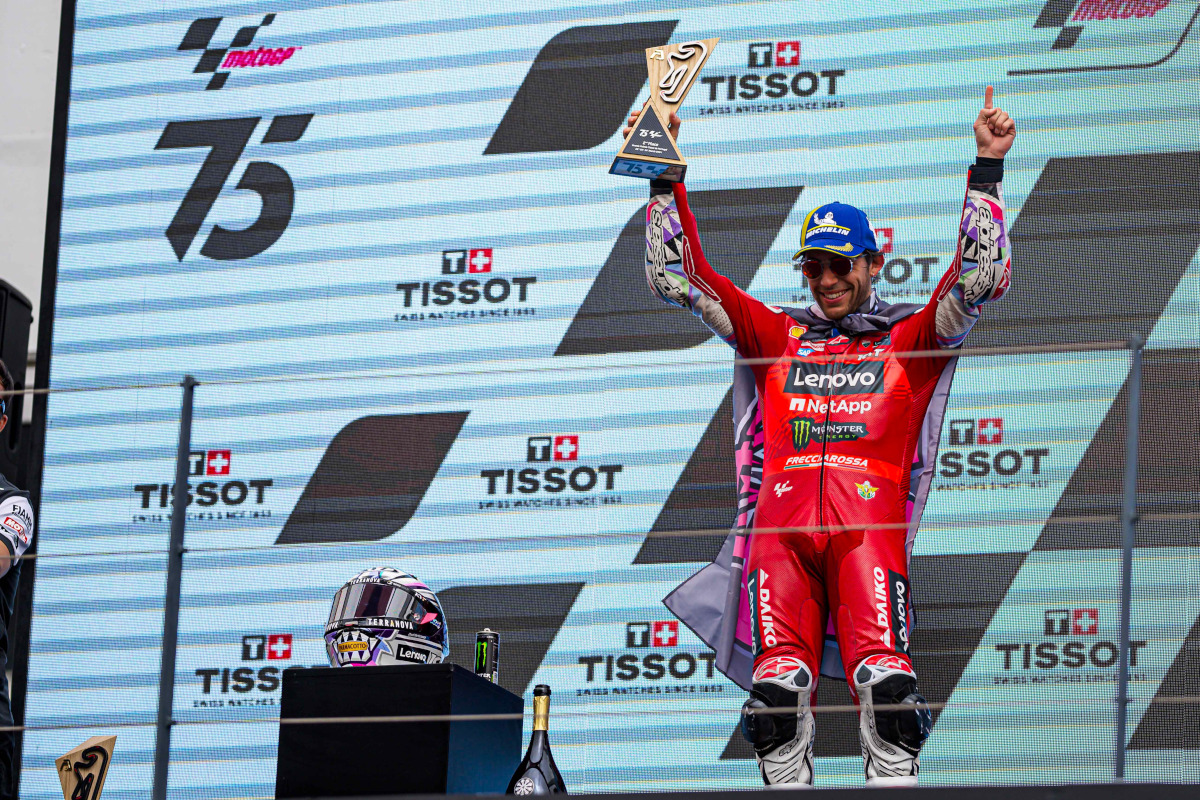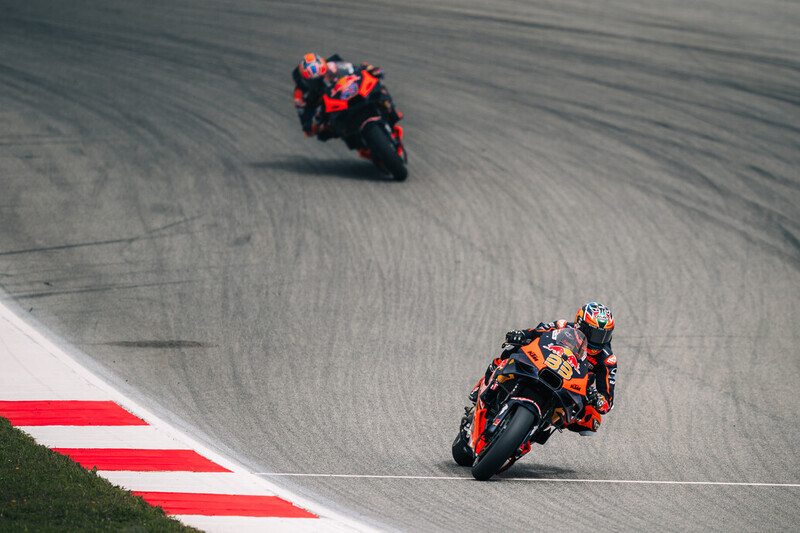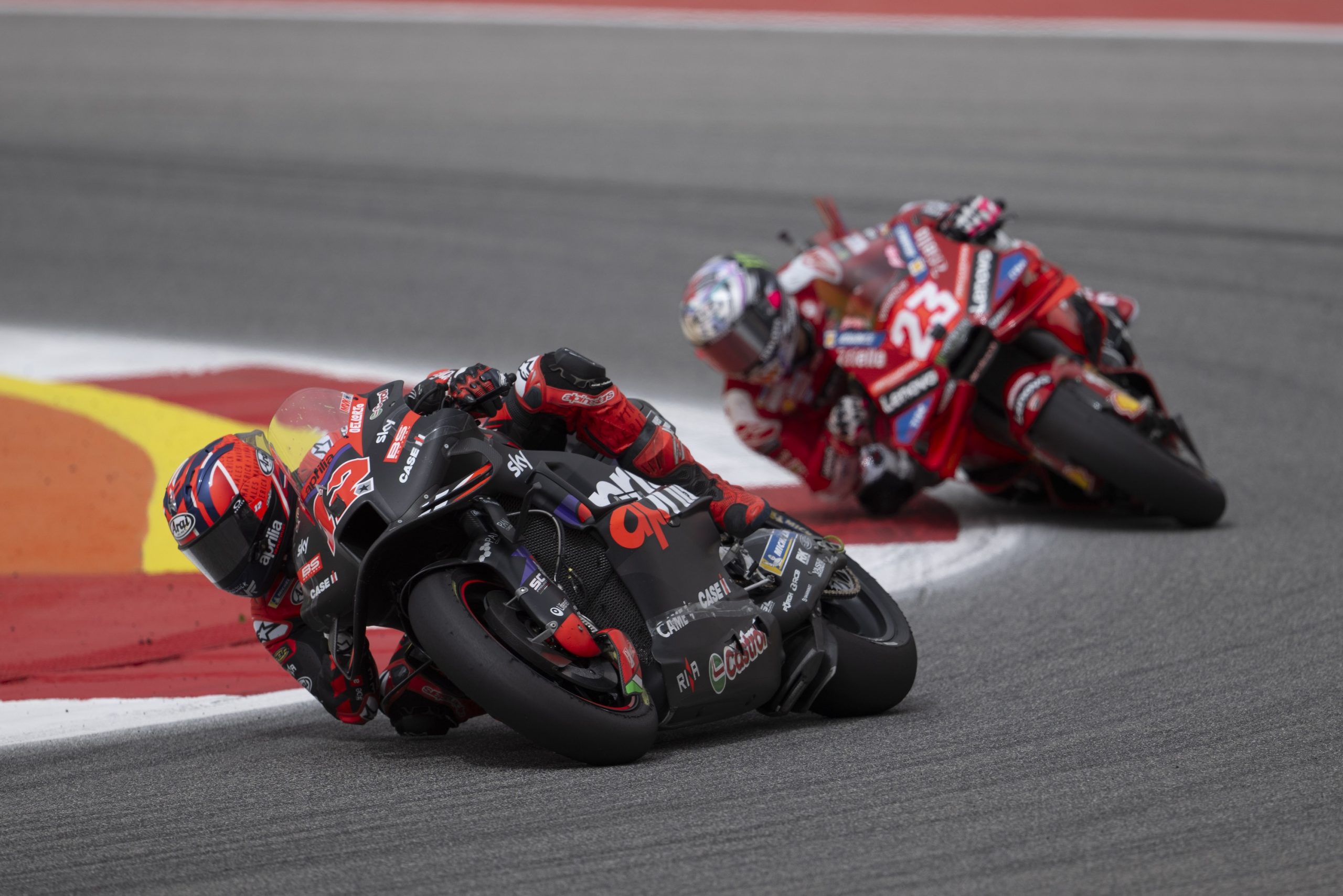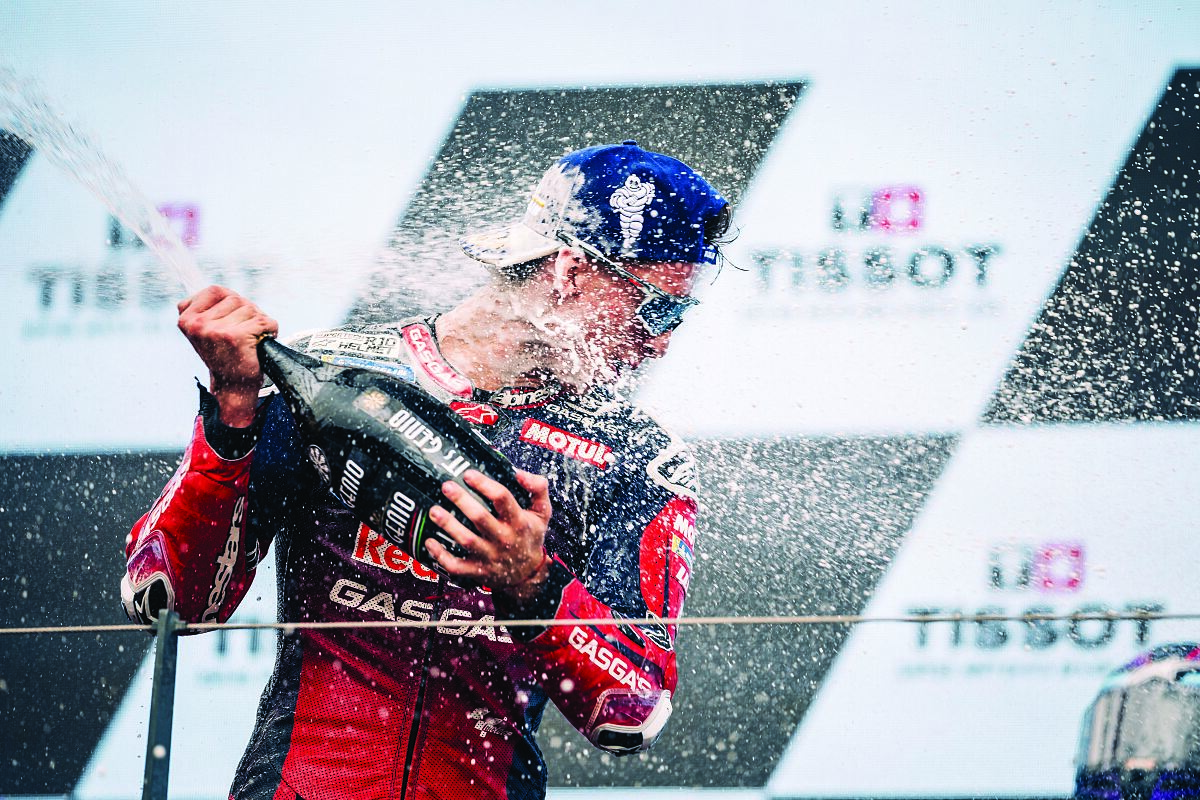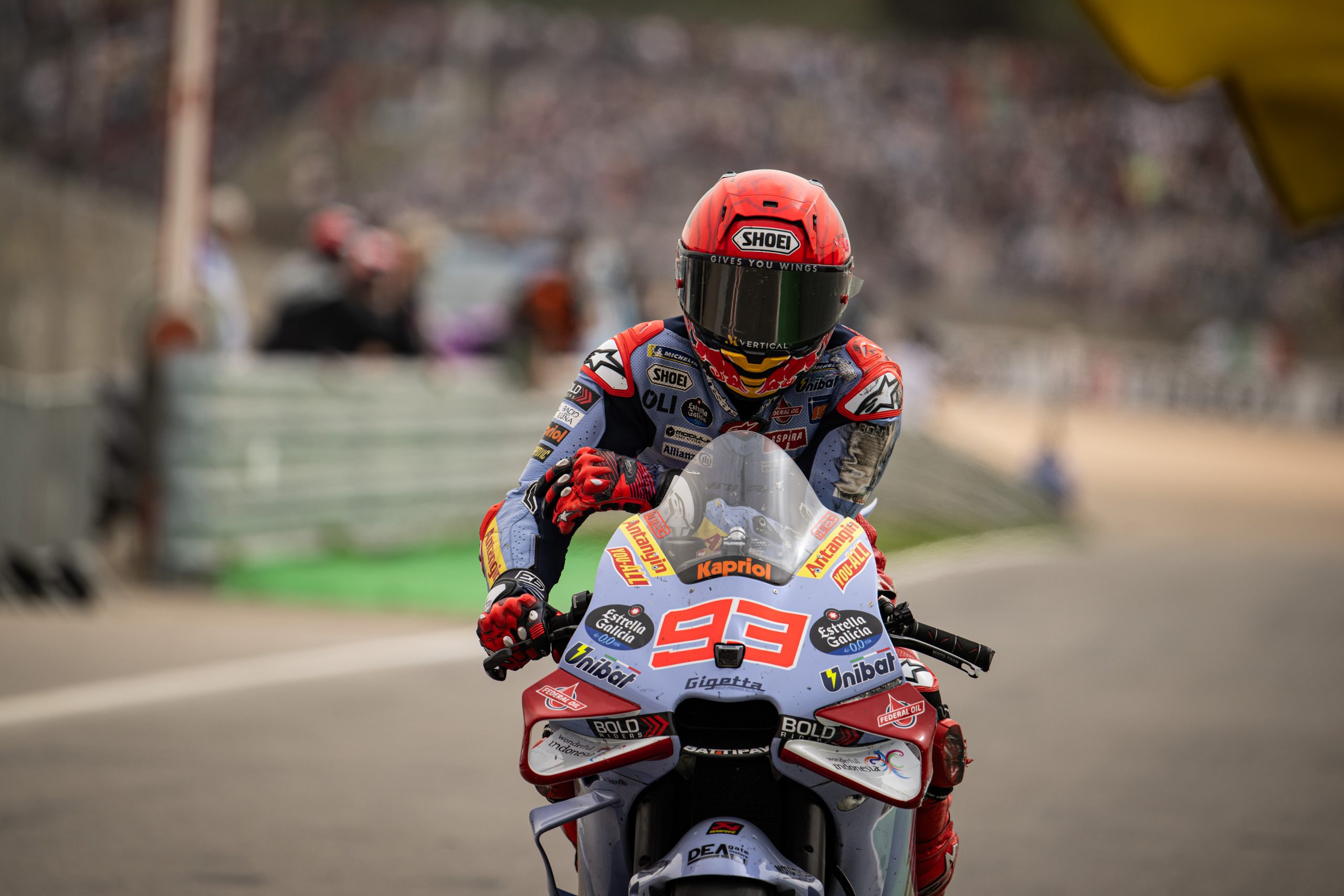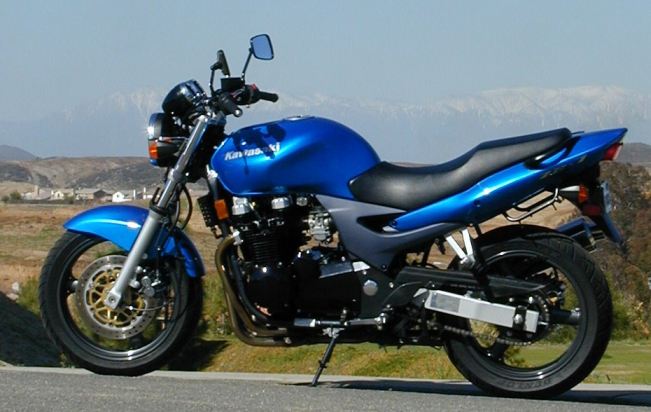
Photos by Evan Edge
I first saw a picture of the 2000 Kawasaki ZR-7 on Kawasaki’s Japanese web site in the Fall of 1999. At that point, I didn’t know whether the ZR-7 was destined for the United States or not. Frankly, I doubted it, and assumed that it was a Japan-only model, or, at best, destined for Europe, but not the United States.
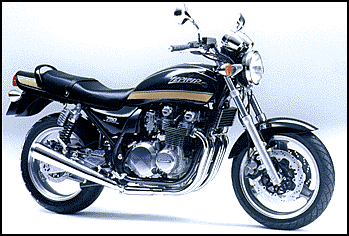
I assumed the ZR-7 must be an outgrowth of the Japanese home-market fascination with late 70s/early 80s UJMs (or “universal Japanese motorcycles”). Remember the Zephyrs? They were sold in the United States, in both 750cc and 1100cc displacements, several years ago. Featuring air-cooled, in-line four-cylinder motors, and styling reminiscent of the UJMs, the Zephyrs did not sell well in the United States, but they sell well in Japan to this day, along with a host of other bikes of similar design. Here is a photograph of a 1999 Japanese model Zephyr 750.
You’re probably wondering why I started this ride review with a discussion of the Japanese market for UJM-styled motorcycles. It goes back to my initial comment, i.e., that the ZR-7 appeared to be an outgrowth of this design. Indeed, the ZR-7, from my perspective, is a modern interpretation of the UJM. Sure, it retains an air-cooled (and oil cooled), two-valve engine fed by carburetors — just like the UJMs of old, but its styling is a modern evolution of the standard motorcycle, and the machine features some modern engineering touches, as well.
Styling is a matter of personal taste, of course, but from my perspective, the ZR-7 is a very pleasing machine to look at. From virtually every angle, the look spells MUSCLE. The blacked-out motor is the centerpiece of a simple, minimalist look. The modern components only enhance the look, again, in my opinion. The single rear shock, for instance, is cleaner than a double shock set up (aside from being more functional). Ditto for the dual front, and single rear disc brakes, which lend the design balance (and the machine ample stopping power). The 17 inch cast wheels are, again, a cleaner, more attractive design than some of the retro spoked wheels (in addition to being more functional and more easily shod with modern rubber — something very difficult to do on the odd sizes, such as 18 inch rims featured on some retros).
Those of you who have read MD for more than a few months know that I am partial to simple, naked bike designs (look at my article on the Borille, for instance). So, as I sit here, I remember vividly the first time I saw the ZR-7 on that Japanese web page roughly nine months ago. An attractive motorcycle design is not something I soon forget — and the ZR-7 was a design I had been waiting for. Forget the blind allegiance to retro designs, and design a naked bike with a single rear shock, disc brakes all around, 17-inch wheels (with sportbike rubber, if possible), and I will be happy (my thoughts at the time). The ZR-7 design delivered.
What about the function of the ZR-7? The bike is beautiful to look at, but how does it perform? Quite well, actually.
Your first impression while riding the ZR-7 is that it carries its weight extremely well, and is a nimble and torquey machine through town. It clearly out performs the Zephyr models from a handling perspective. Indeed, Kawasaki is proud of the stiffness of its frame, and the ZR-7 was designed to be a performer — not just a looker.

The two-valve, air-cooled motor isn’t going to challenge the modern, four-valve, liquid-cooled in-line fours for outright performance, but, in this package, the classically designed motor is both beautiful and adequately powerful. With a deep, resonant exhaust note, the motor pulls strongly through the midrange – only running out of steam at high rpm (above 7,500 rpm, actually).
With the addition of Kawasaki’s K-TRIC throttle response system, the ZR-7 carburetes quite well throughout the rev range. Its rear wheel horsepower and torque figures reflect Kawasaki’s continual development of this motor. With 67 horsepower and roughly 45 foot pounds of torque, the ZR-7 offers more than enough performance for the average rider.
If you want more performance, the aftermarket is already at work on pipes, jetting and air filters for the ZR-7. Yoshimura is one such company worth mentioning, particularly since we “borrowed” their dyno chart for the ZR-7. According to the chart, minor re-jetting, including shimming of the needles, and increasing the main jet size, coupled with the Yosh race slip on yields six additional horsepower and increased torque over a broad range. More importantly, the chart indicates the bike can breathe better on top with a pipe and re-jetting.

The handling of the ZR-7 is predictable and lively, although, of course, it won’t set standards among the latest sport bikes (Kawasaki’s own ZX6R included). Ridden at a moderate to brisk pace, the ZR-7 responds well to rider commands – far better than any UJM I remember. The stiff frame Kawasaki boasts about combined with modern rubber, suspension and brakes, make for a very competent handling, modern machine.
While you can certainly have fun on a twisty road, don’t expect the ZR-7 to hold its composure when pushed as hard as you might comfortably push a modern sport bike. Some frame flex and imprecision (even wallowing) can result in these circumstances. Nevertheless, at this price point, and given the ZR-7’s intended purpose as an all-around, multi-purpose motorcycle, it handles quite well and, frankly, better than I had expected. It is a fun ride, with lots of character.
Nice touches include a centrally located fuel gauge, 300mm dual disc brakes in the front (which perform quite well), a polished, stainless steel four-into-one exhaust, and, by anyone’s standards, a high level of fit and finish (including lustrous blue paint here in the United States). The cast wheels carry the latest generation Dunlop sport touring radials (D205s). These tires (which I have used on other bikes) are strong performers — offering excellent grip and mileage.
At an MSRP of $5,699, the ZR-7 offers an attractive mix of nostalgia and modern performance. As the owner of a Kawasaki KZ1000 UJM in my youth, the ZR-7 tempts me for a number of reasons. It has that classic lump of motor dominating its style, and is a far better starting point for modification than any flexi-framed, drum-braked, 18 inch tired, retro UJM. To be honest with you, I’ve been thinking about a ZR-7 with an aftermarket pipe, jetting, air filter, decked cylinder (for higher compression), and a little valve work. With its bargain basement price and modern styling, I could build a killer UJM for the new millenium.
ZR-7 Specifications
| Engine type |
4-stroke, DOHC, in-line four |
| Displacement | 738cc |
| Starting | Electric |
| Bore x Stroke |
66.0 x 54.0mm |
| Cooling | Air |
| Carburetion | Keihin CVK32 x 4 |
| Ignition | Digital with Kawasaki Throttle Responsive Ignition Control (K-TRIC) |
| Transmission | 5-speed |
| Frame | Double cradle tubular steel |
| Rake/trail | N/A |
| Suspension, front |
41mm telescopic fork |
| Suspension, rear |
Uni-Trak® single shock system |
| Wheel travel, front |
5.1 in. |
| Wheel travel, rear |
5.1 in. |
| Tire, front |
120/70ZR17 |
| Tire, rear |
160/60ZR17 |
| Brakes, front/rear |
Dual hydraulic discs/Disc |
| Overall length |
82.9 in. |
| Overall width |
29.7 in. |
| Overall height |
42.3 in. |
| Ground clearance |
5.1 in. |
| Seat height |
31.5 in. |
| Dry weight |
445 lbs. |
| Fuel capacity |
5.8 gal. |
| Wheelbase | 57.3 in. |
| Color | Candy Lightning Blue |
| MSRP | $5,699 |

